Biceps tendinitis can be frustrating for those who rely on their arms for daily activities or athletic performance. Understanding the nature of this injury and exploring effective treatment options can help speed up recovery.
This article will cover the definition, causes, symptoms, diagnosis, and strategies to heal biceps tendinitis quickly, including the innovative use of Prungo’s home red light therapy devices.
What Is Biceps Tendinitis?
Biceps tendinitis is an inflammation of the biceps tendon, which connects the biceps muscle to the shoulder and elbow. This tendon, known as the long head of the biceps tendon, can become inflamed due to overuse, repetitive motion, or injury.

The primary symptom of biceps tendinitis is pain in the front of the shoulder or the elbow, often worsening with activity and improving with rest.
Other symptoms may include: tenderness to the touch in the affected area, swelling and inflammation, weakness in the biceps muscle, stiffness and limited range of motion, and a popping or snapping sensation in the shoulder.
Common causes of biceps tendinitis include:
- Repetitive Motion: Activities such as weightlifting, swimming, or throwing can contribute to tendon strain.
- Overuse: Continuous stress on the tendon without adequate recovery can lead to inflammation.
- Trauma: Direct injury or sudden movements can damage the tendon.
- Age: Tendons lose elasticity and strength as we age, increasing the likelihood of injury.
If you're looking for additional pain relief methods, you may want to explore how red light therapy can help reduce inflammation and promote healing. How does red light therapy work for pain relief?
How Is Biceps Tendinitis Diagnosed?
Biceps tendinitis is typically diagnosed through physical examination, patient history, and imaging tests. During the physical exam, a doctor will check for tenderness in the shoulder or elbow and may ask you to move your arm in different directions to assess pain levels and range of motion.
Imaging tests like X-rays or MRIs may be used to rule out other conditions or to assess the severity of the tendon damage. In some cases, ultrasound imaging is also used to visualize the tendon and detect inflammation.
How Can I Heal My Biceps Tendinitis Faster?
Healing biceps tendinitis requires a multifaceted approach that addresses inflammation, restores function, and prevents future injuries. Here are some effective strategies:
A. Rest and Activity Modification
The first step in healing biceps tendinitis is to allow the tendon to rest. Avoiding activities that aggravate the condition, such as lifting heavy objects or performing overhead motions, is essential.

Resting the tendon helps reduce inflammation and prevents further damage. You can modify your activities, substituting low-impact exercises like walking or stationary cycling, to maintain your fitness while you recover.
B. Ice and Heat Therapy
Ice therapy is an effective way to reduce swelling and numb the pain associated with biceps tendinitis. Apply an ice pack wrapped in a cloth to the affected area for 15-20 minutes several times a day, especially in the first few days after the injury.
After the initial inflammation has gone down, heat therapy can be used to improve blood circulation and relax the muscles. A warm compress or heating pad can be applied to the shoulder or elbow for 15-20 minutes. The combination of ice and heat therapy can be highly beneficial in reducing inflammation and relieving pain.
C. Medication

Over-the-counter nonsteroidal anti-inflammatory drugs (NSAIDs), such as ibuprofen or naproxen, can help reduce pain and swelling in the early stages of biceps tendinitis. These medications can be taken as directed to manage pain, but it's important not to rely on them long-term. If the pain persists or worsens, consult your doctor for further guidance.
In some cases, your healthcare provider may prescribe stronger anti-inflammatory medications or other pain-relieving drugs if the condition is more severe.
D. Physical Therapy
Engaging in physical therapy is essential for recovery. A physical therapist can design a personalized rehabilitation program that includes:
- Manual therapy to reduce pain and improve mobility.
- Therapeutic exercises to strengthen surrounding muscles and improve flexibility.
E. Stretching and Strengthening Exercises

Incorporating targeted stretching and strengthening exercises can aid recovery. Focus on:
- Stretching exercises for the biceps and shoulder to enhance flexibility.
- Strengthening exercises for the rotator cuff and shoulder stabilizers to support the biceps tendon.
It's crucial to perform these exercises under the guidance of a healthcare professional to avoid further injury.
F. Corticosteroid Injections
For persistent pain, corticosteroid injections may provide relief. These injections reduce inflammation and can be effective for temporary symptom relief. Consult with your doctor to discuss the potential benefits and risks.
G. Surgery
Surgery is typically reserved for severe cases of biceps tendinitis where conservative treatments, such as rest, physical therapy, and medications, have not provided relief. In rare instances, tendon tears or other structural issues may necessitate surgical intervention.
The procedure may involve repairing or removing damaged tendon tissue or, in some cases, reattaching the tendon to the bone. However, surgery is generally considered a last resort, as most cases of biceps tendinitis can be effectively managed with non-surgical treatments.
If you’re recovering from surgery, you may wonder about the benefits of red light therapy in your healing process. How soon after surgery can you use red light therapy?
H. Red Light Therapy
Emerging evidence suggests that red light therapy at home can accelerate healing by boosting cellular function and reducing inflammation.PRUNGO's advanced medical-grade red light therapy devices use advanced technology to deliver targeted light therapy directly to the affected area. This non-invasive treatment enhances mitochondrial function, increases ATP production, and stimulates tissue repair.

Studies have shown that using red light therapy can lead to reduced pain and faster recovery times for various musculoskeletal injuries. Incorporating Prungo's high-quality devices into your recovery routine could provide significant benefits, allowing for quicker healing and improved function.
How Can I Prevent Biceps Tendinitis?
Preventing biceps tendinitis involves taking proactive measures to protect the tendons and improve overall shoulder health. Here are some effective strategies:
- Proper Warm-Up: Always warm up before engaging in physical activities. Dynamic stretches and light aerobic exercises prepare the muscles and tendons for more intense movements, reducing the risk of strain.
- Strengthening Exercises: Incorporate strengthening exercises for the biceps and shoulder stabilizers into your regular fitness routine. Building strength can help support the tendons and prevent future injuries.
- Flexibility Exercises: Maintain flexibility in the muscles and tendons by incorporating stretching exercises. This can improve your range of motion and help reduce the risk of overuse injuries.
When to Seek Further Medical Help

If you experience severe pain, swelling, or limited mobility that does not improve with home treatment, it's essential to seek medical advice. Signs that require immediate attention include:
- Pain that worsens despite rest and treatment.
- Inability to move the arm or shoulder.
- Signs of infection, such as fever or increased redness around the tendon.
Conclusion
Healing from biceps tendinitis requires a multifaceted approach that includes rest, physical therapy, and sometimes medical intervention. However, red light therapy is an innovative and effective way to complement your treatment plan to accelerate healing and reduce pain. It works by stimulating cellular processes to decrease inflammation, increase blood flow, and promote tissue repair.
So, if you're looking to speed up your recovery from biceps tendinitis, incorporating PRUNGO medical-grade red light therapy devices into your routine could be a game-changer. Our powerful tool can help you recover quickly—allowing you to regain strength and flexibility in your biceps tendon!
Related reading: Best medical-grade red light therapy devices


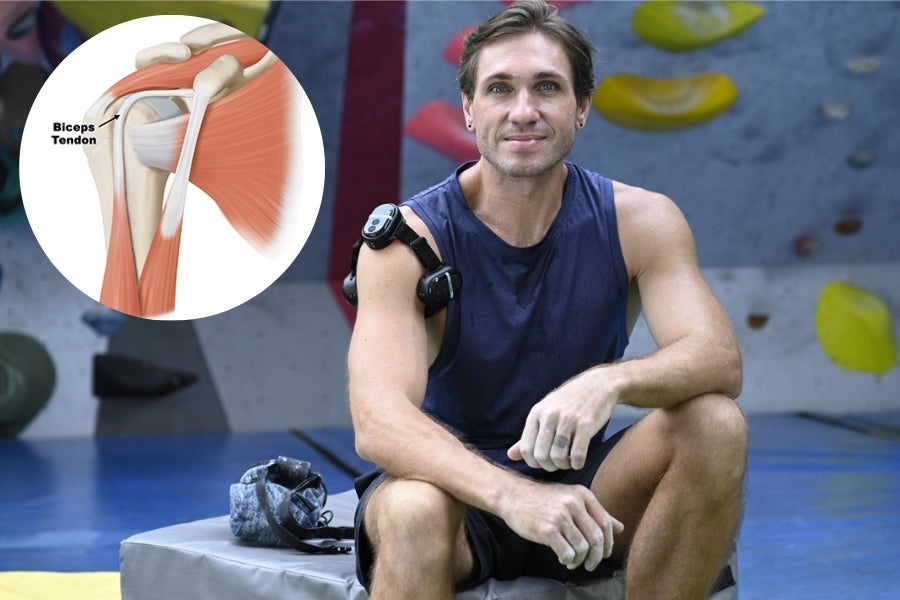
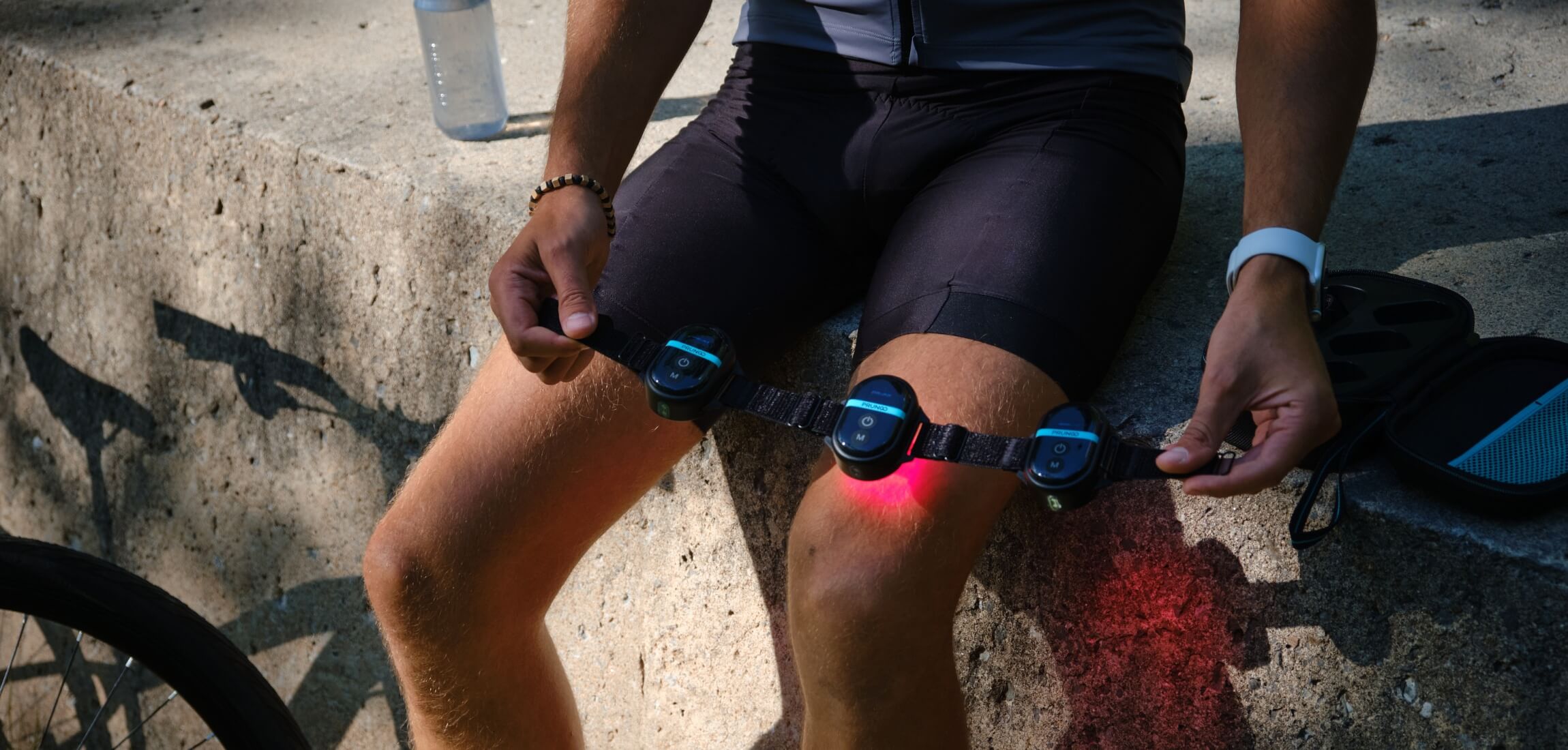
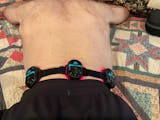
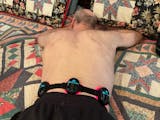









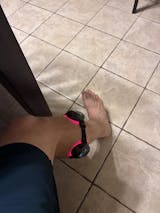
Share:
Is Surgery Needed for Wrist Tendonitis?
Does Steroid Injections Help with Elbow Pain?